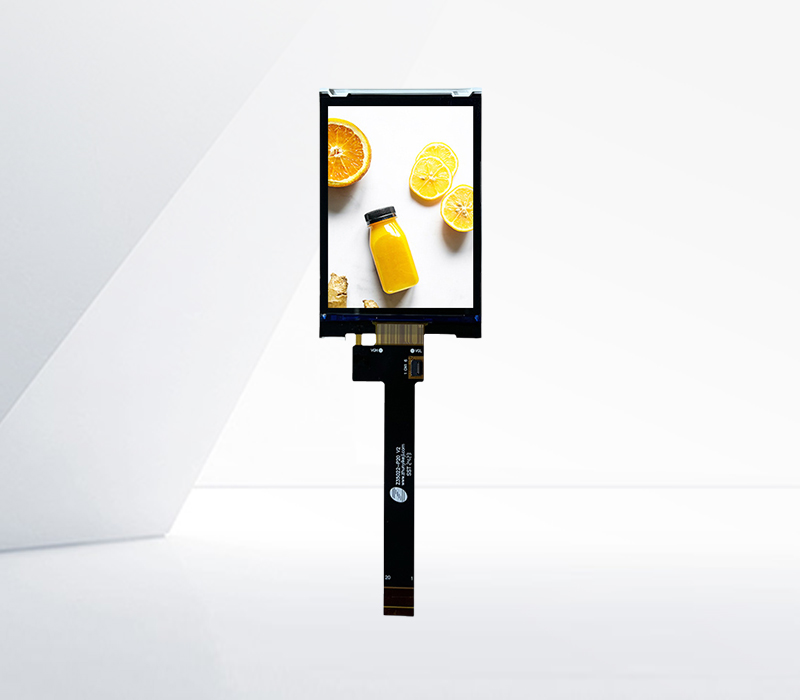




LCD displays play a pivotal role in kiosks, serving as the primary interface for users to interact with the self - service systems. In the context of kiosks, which are deployed in various public and commercial environments such as airports, shopping malls, and hospitals, LCD displays must meet specific requirements to ensure optimal performance and user experience.
One of the key features of LCD displays for kiosks is their high brightness. Kiosks are often located in well - lit areas, and a high - brightness display ensures that the content is clearly visible even under strong ambient light. Displays with brightness levels ranging from 500 to 1000 nits are commonly used in kiosks. This high brightness not only makes text and images easy to read but also enhances the overall visual appeal of the kiosk interface. Additionally, wide - viewing angles are crucial. Kiosks are designed to be accessed by users from different positions, and an LCD display with a wide - viewing angle (usually 170° or more horizontally and vertically) ensures that the screen content remains clear and undistorted regardless of the user's viewing position. This feature promotes a more inclusive and user - friendly experience.
Durability is another important aspect of LCD displays for kiosks. These displays are exposed to frequent user interactions, including touches, taps, and occasional impacts. Therefore, they are typically equipped with robust protective layers, such as tempered glass, to prevent scratches and damage. The displays are also designed to withstand continuous operation for long hours, often 24/7 in some high - traffic locations. To ensure reliability, they incorporate high - quality backlights and driver circuits that can maintain consistent performance over an extended period. Some advanced kiosk LCD displays also feature anti - glare coatings, which reduce reflections from ambient light sources, further improving readability and user comfort.
In terms of functionality, LCD displays for kiosks often support touch - screen technology. Capacitive or resistive touch screens are integrated with the LCD panels, allowing users to interact with the kiosk interface directly. This touch - based interaction simplifies the user experience, enabling intuitive navigation through menus, input of information, and execution of commands. Moreover, modern kiosk LCD displays can be customized to display various types of content, including text, images, videos, and interactive graphics. This flexibility makes them suitable for a wide range of applications, from information dissemination and ticketing to product ordering and payment processing.
